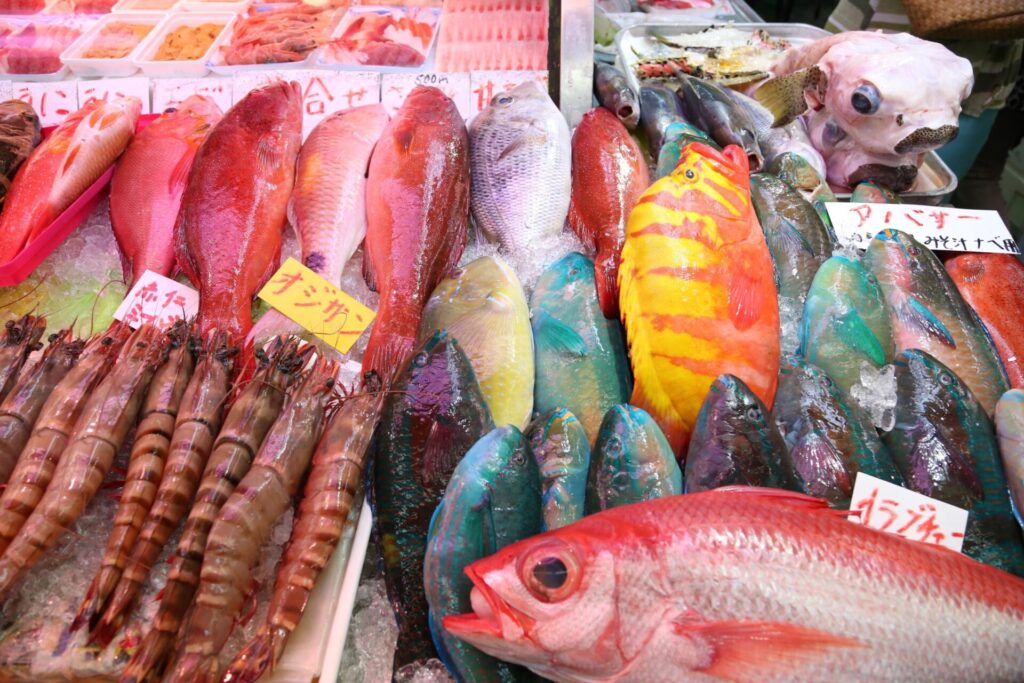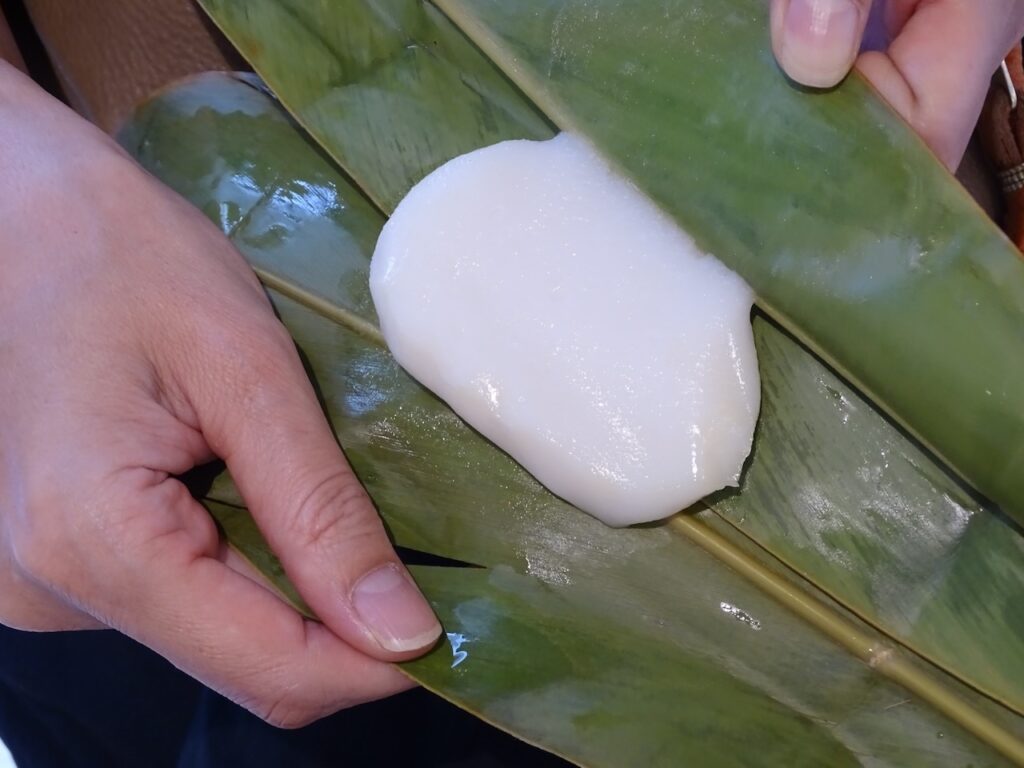Mangroves

I once flew over Iriomote Island by helicopter.
Beyond the thick green of the indeciduous broad-leaved trees on the hills, a mangrove forest lies like a pale green carpet from the foot of the hills to the seashore. As you swoop down and fly along the winding river, herons and snipes and other large birds flutter away, fish leap out of the water; as many curves of the river you turn, mangroves are everywhere…
Mangroves are rapidly disappearing due to river improvements and reclamations on the main island of Okinawa, but they can still be seen in good condition in parts of Ishigaki, or the Iriomote island, known as the “Mini Amazon in Japan”.
A mangrove is a general term given to trees living in brackish water regions. It is halotolerant and has adapted to seawater. Its roots have distinctive shapes: the prop roots are lifted like octopus legs, and the aerial roots stick out from the soil like pencils. They range worldwide in tropic seashores, with about 100 species. In Japan, their northern limit, we can observe 7 of them around the Ryukyu islands.
When I went around the Urauchi river by boat, I walked around a mangrove forest.
Although it looked pitch-dark from the outside, the inside was more lit than I had thought. I assumed it would be a nest of snakes and mosquitoes and gnats and leeches, however, that was not the case. Due to the fact that humans don’t set foot in this quagmire, it became a sanctuary for living creatures. Wild birds flew among the treetops, mudskippers, and hermits lived on the roots, countless crabs and snails inhabited the wet forest floor, gigantic clams, and mud shrimps in the mud, while fingerlings of halfbeaks, black porgies, fugu, hira aji1, and Okinawa sea breams swarm through the stream between the tangled roots.
According to Dr. Baba Shigeyuki of Ryukyu University, “If 1 equals the ecological productivity of an average open sea, the coral reef known as the treasury of living things would be 16, and the mangrove forests would score even richer with 21.” Its piles of fallen leaves are supporting the massive food chain, and thus its existence itself influences the tropic’s marine resources. Given that they can trap ten-odd times more CO in the soil compared to tropical rainforests, their role in preventing global warming is also being reconsidered.
Mangroves cover half of the tropical coastlines in the world, distributed among 92 countries. Nonetheless, they are cut down as lumber, fuel, and livestock feed in many countries, already causing 3/4 of the mangroves in India and 2/3 in Bangladesh to disappear in the 20th century.
Japan is also called to account for its disappearance. This nation is the greatest consumer of shrimps raised in lagoons where mangroves were cut down, as well as a major importer of the high-grade pulp (used for PC paper) made from mangroves.
The only mangrove forests remaining in Japan are the 4 sq. km. area in Iriomote and Ishigaki islands. Fortunately, they remain almost untouched. In 1990, the International Society for Mangrove Ecosystems was established for the conservation and sustainable use of mangrove forests, with a secretariat housed at the University of the Ryukyus. In 1998, ISME2 became the world’s largest NGO related to mangroves. The time has come for Okinawa to play a global role in achieving this mission.
Editor’s Note:
- A type of horse mackerel.
- The ISME has worked on various activities such as the afforestation, maintenance and restoration of mangroves as well as human resource developments, for over 30 years since its foundation.





































































































































































































































